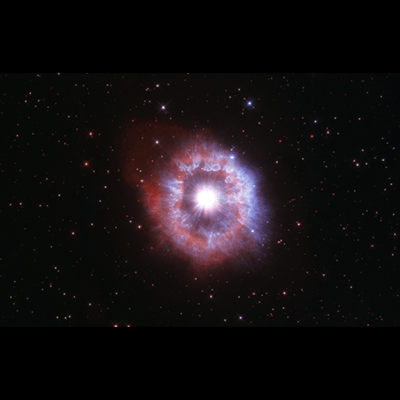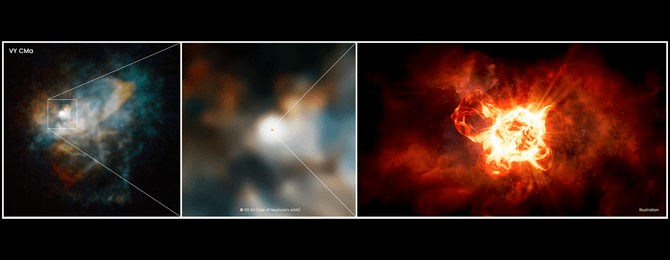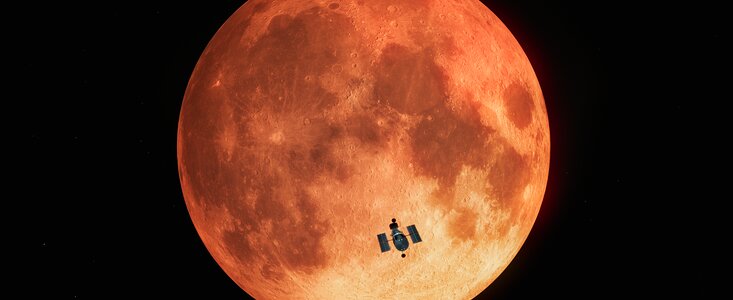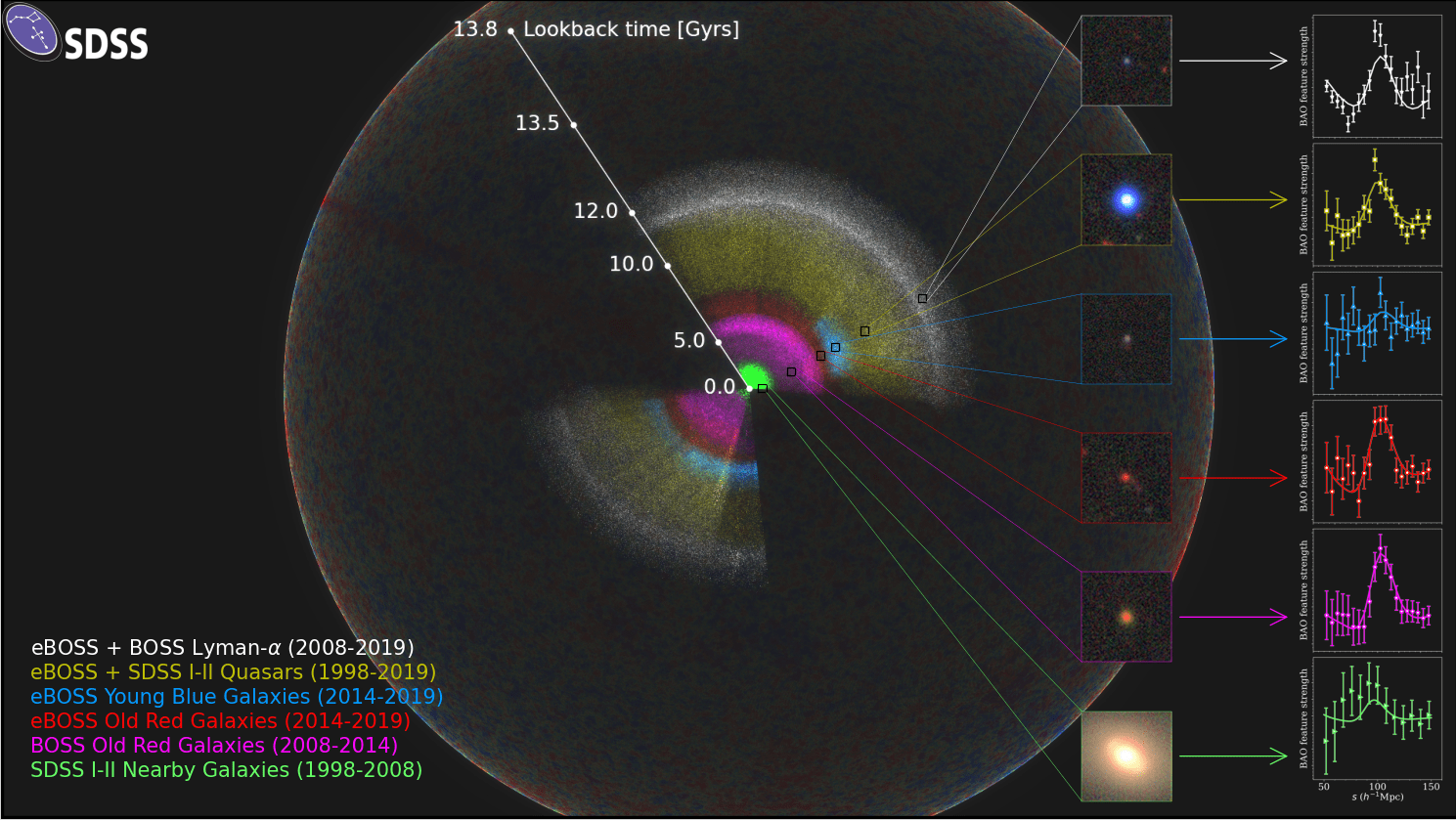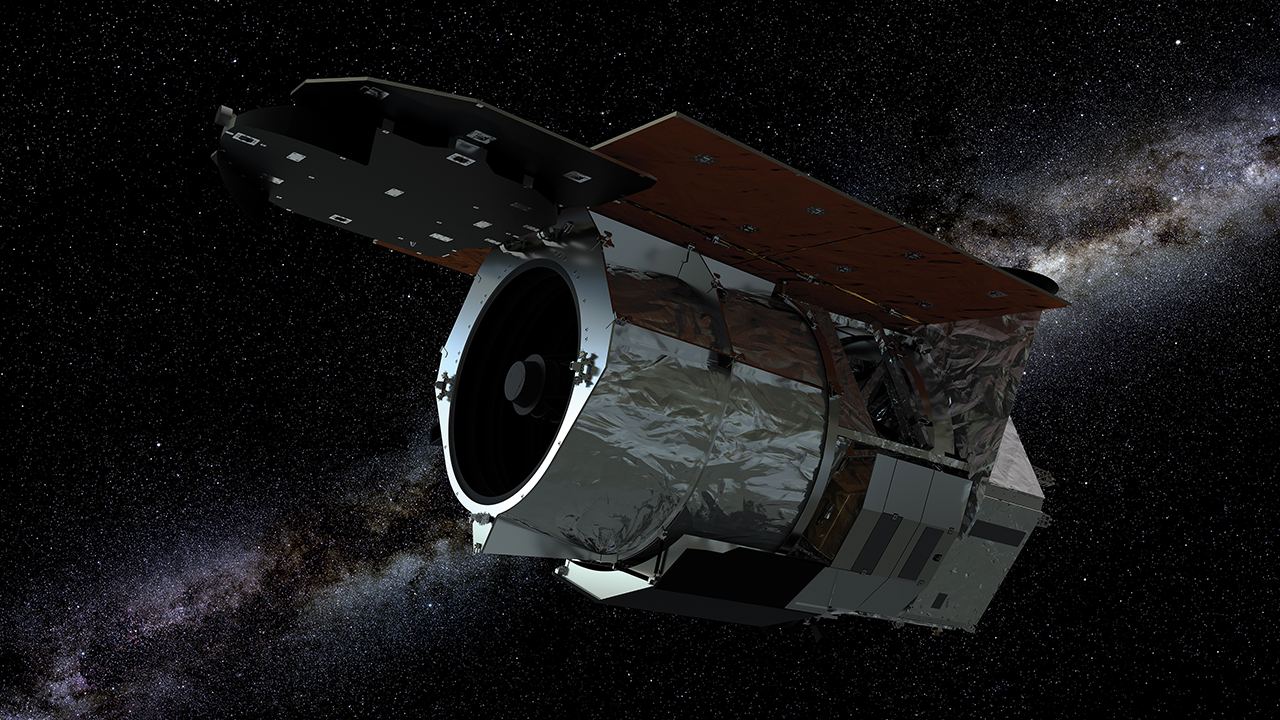Astrophotography is one of the most gratifying parts of space exploration, and there’s nothing better at it than Hubble. Recently, it celebrated the 31st anniversary of its launch by taking a spectacular image of one of the most impressive stars in the sky – AG Carinae. In the not too distant future, Hubble, or a successor, might be able to capture an even more spectacular display from the star when it goes supernova.
Continue reading “Instead of Betelgeuse, Keep Your eye on AG Carinae, Another Star That’s About to go Supernova”VY Canis Majoris is “Like Betelgeuse on Steroids”
The disappearance of a star can take many forms. It could go supernova. It could turn into a black hole. Or it could just fade away quietly. Sometimes, the last of these is actually the most interesting to observe. That is the case for one of the largest stars ever found – VY Canis Majoris, a red supergiant approximately 3840 light years away in the Canis Major constellation.
Continue reading “VY Canis Majoris is “Like Betelgeuse on Steroids””The Universe in Formation. Hubble Sees 6 Examples of Merging Galaxies
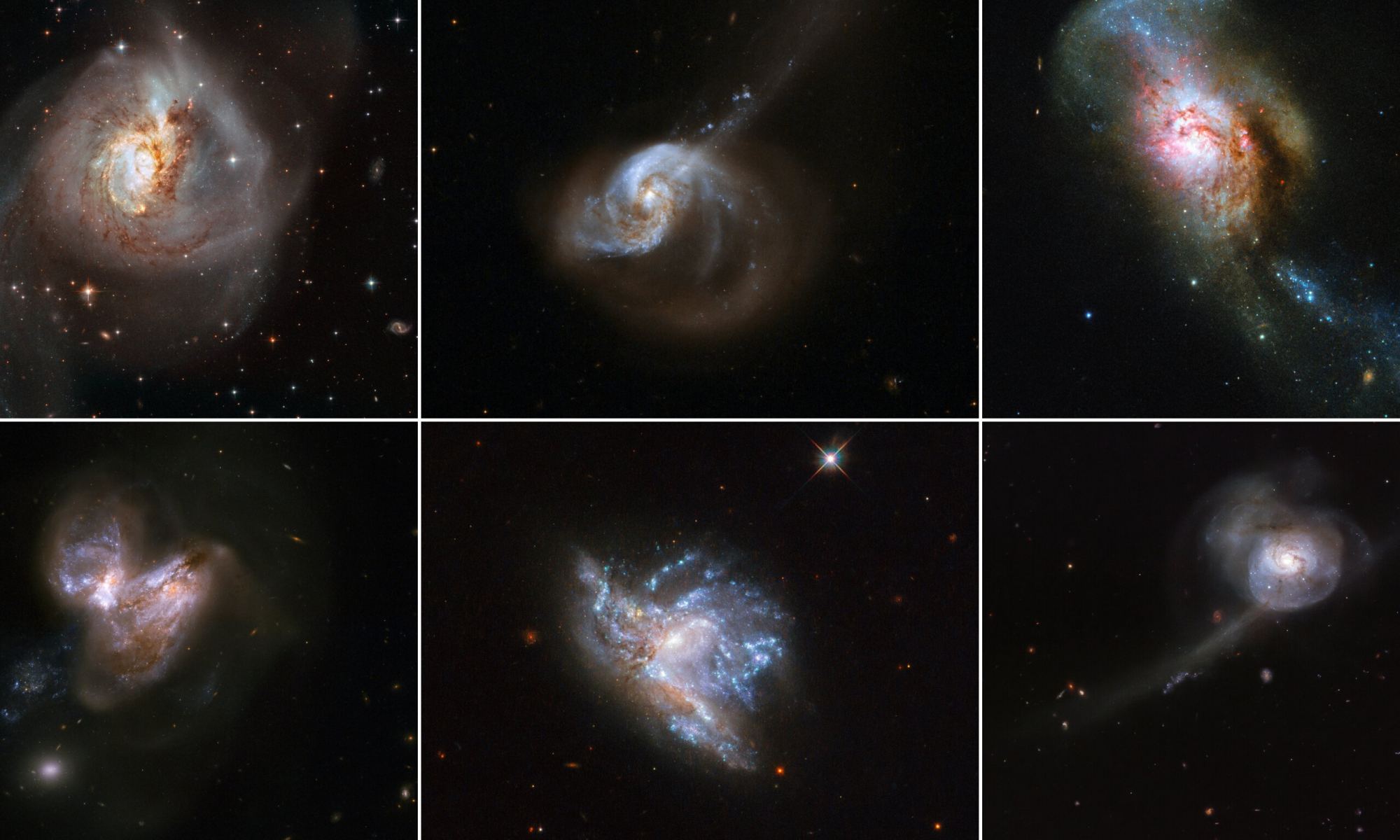
Audio narration by the author is available above
10 billion years ago, galaxies of the Universe were ablaze with the light of newly forming stars. This epic phase of history is known as “Cosmic Noon” – the height of all star creation. Galaxies like our Milky Way aren’t creating stars at nearly the rates they were in the ancient past. However, there is a time when galaxies in the present can explode with star formation – when they collide with each other. This recently published collage of merging galaxies by the Hubble HiPEEC survey (Hubble imaging Probe of Extreme Environments and Clusters) highlights six of these collisions which help us understand star formation in the early Universe.

Top Row Left to Right: NGC 3256, 1614, 4195 Bottom Row Left To Right: NGC 3690, 6052, 34
– Credit ESA/Hubble/NASA
The Newest Picture of Jupiter and Europa Captured by Hubble
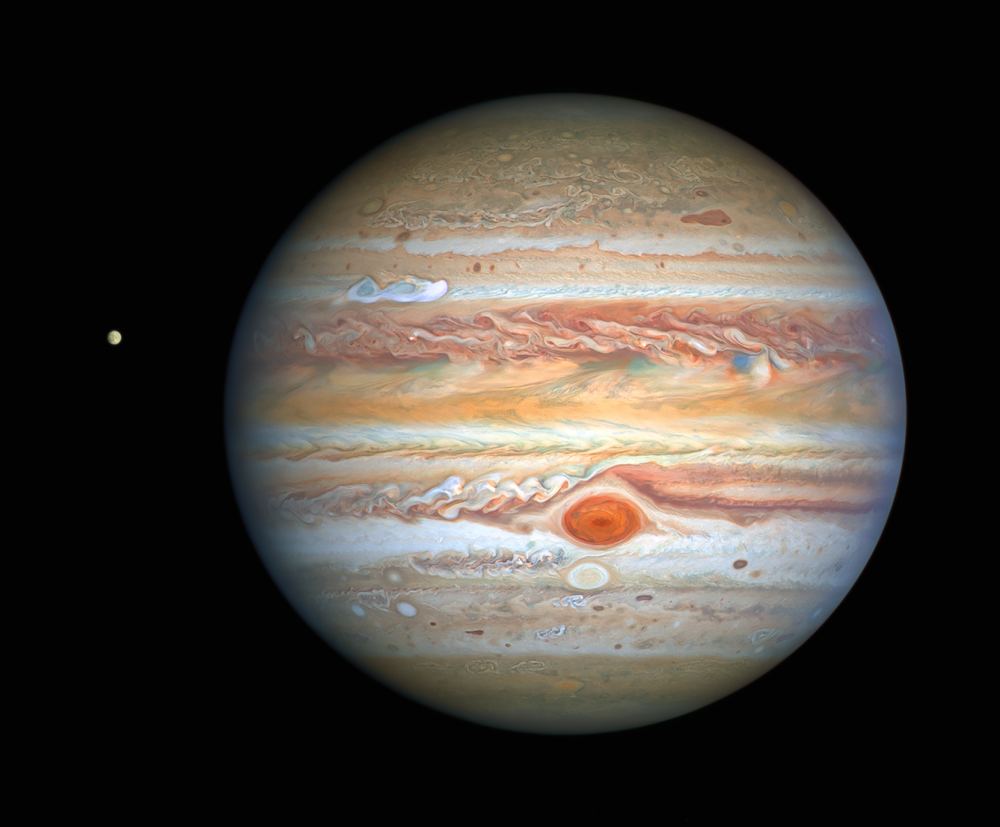
The venerable Hubble Space Telescope has given us another gorgeous picture of Jupiter and its moon Europa. The incredibly sharp image was captured on August 25th, and shows some of the stunning detail in Jupiter’s stormy atmosphere. Hidden in all that stormy activity is something new: a bright white storm plume travelling at about 560 km/h (350 mp/h).
Continue reading “The Newest Picture of Jupiter and Europa Captured by Hubble”Hubble Shows the True Size of Andromeda

It’s possible that you’ve seen the Andromeda galaxy (M31) without even realizing it. The massive spiral galaxy appears as a grey, spindle-shaped blob in the night sky, visible with the naked eye in the right conditions. It’s the nearest major galaxy to ours, and astronomers have studied it a lot.
Now astronomers have used the Hubble Space Telescope to map out Andromeda’s enormous halo of hot gas.
Continue reading “Hubble Shows the True Size of Andromeda”Hubble Examines Earth’s Reflection as an ‘Exoplanet’ During a Lunar Eclipse
What would we look for in a distant exoplanet in the hunt for Earth-like worlds, and perhaps life? A recent observation carried out by the Hubble Space Telescope found tell-tale signatures from our home planet by looking at a familiar source under extraordinary circumstances: Earth’s Moon, during a total lunar eclipse.
Continue reading “Hubble Examines Earth’s Reflection as an ‘Exoplanet’ During a Lunar Eclipse”Take a Flight Through the Most Detailed 3D Map of the Universe Ever Made
Once I accidentally took a photo of one of the most important stars in the Universe…

That star highlighted in the photo is called M31_V1 and resides in the Andromeda Galaxy. The Andromeda – AKA M31- is the closest galaxy to our own Milky Way. But before it was known as a galaxy, it was called the Andromeda Nebula. Before this particular star in Andromeda was studied by Edwin Hubble, namesake of the Hubble Space Telescope, we didn’t actually know if other galaxies even existed. Think about that! As recently as a hundred years ago, we thought the Milky Way might be the ENTIRE Universe. Even then…that’s pretty big. The Milky Way is on the order of 150,000 light years across. A light year is about 10 TRILLION kilometers so even at the speed of light it would take nearly the same length of time to cross the Milky Way as humans have existed on planet Earth. M31_V1 changed all that.
Continue reading “Take a Flight Through the Most Detailed 3D Map of the Universe Ever Made”WFIRST Will be Named After Nancy Grace Roman, NASA’s First Chief Astronomer
In the mid-2020s, NASA’s next-generation Wide Field Infrared Survey Telescope (WFIRST) will take to space. With unprecedented resolution and advanced instruments, it will build on the foundation established by the venerable Hubble Space Telescope – which celebrated its 30th anniversary this year! In anticipation of all it will accomplish, NASA decided that the WFIRST needs a proper name, one that honors its connection to Hubble.
This week, NASA announced that henceforth, the WFIRST mission will be known as the Nancy Grace Roman Space Telescope (or Roman Space Telescope for short) in honor of Dr. Nancy Grace Roman (who passed away in 2018). In addition to being NASA’s first Chief Astronomer, she was also a tireless educator and advocate for women in STEMs whose work paved the way for space telescopes – leading to her nickname “the mother of Hubble.”
Continue reading “WFIRST Will be Named After Nancy Grace Roman, NASA’s First Chief Astronomer”Hubble Finds Teeny Tiny Clumps of Dark Matter
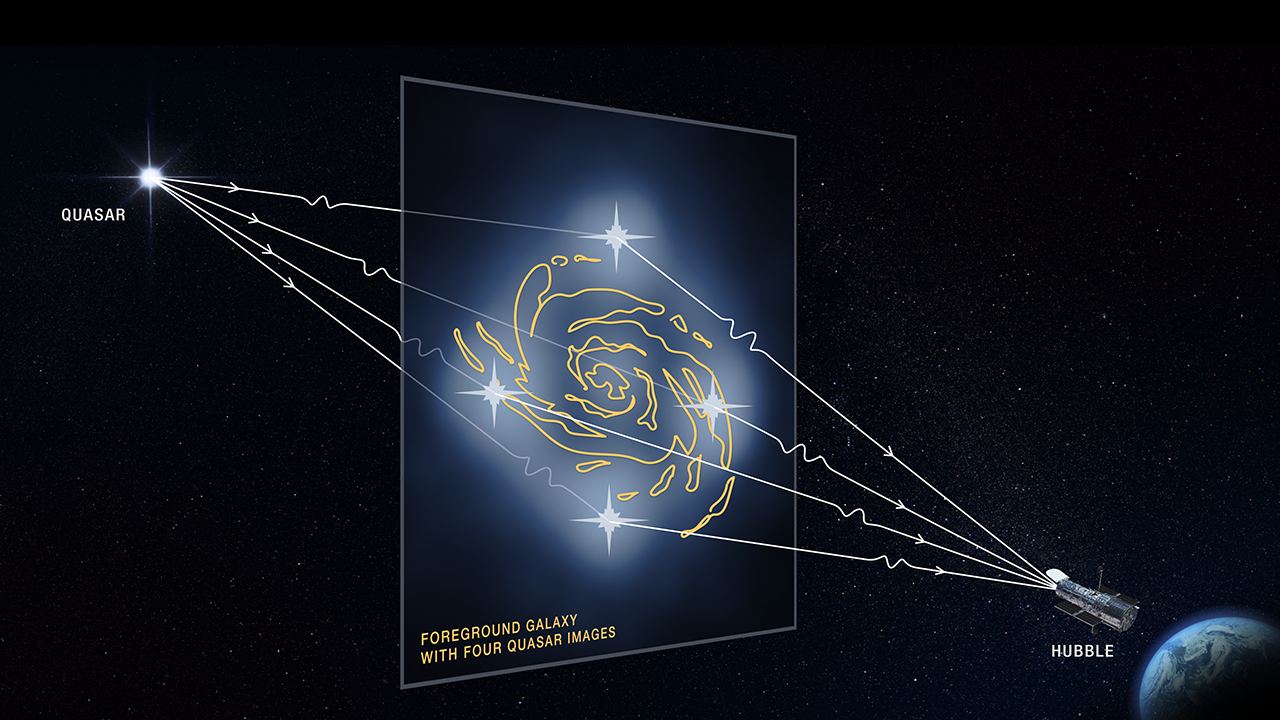
To put it simply, Dark Matter is not only believed to make up the bulk of the Universe’s mass but also acts as the scaffolding on which galaxies are built. But to find evidence of this mysterious, invisible mass, scientists are forced to rely on indirect methods similar to the ones used to study black holes. Essentially, they measure how the presence of Dark Matter affects stars and galaxies in its vicinity.
To date, astronomers have managed to find evidence of dark matter clumps around medium and large galaxies. Using data from the Hubble Space Telescope and a new observing technique, a team of astronomers from UCLA and NASA JPL found that dark matter can form much smaller clumps than previously thought. These findings were presented this week at the 235th meeting of the American Astronomical Society (AAS).
Continue reading “Hubble Finds Teeny Tiny Clumps of Dark Matter”Here’s the Picture We’ve Been Waiting for. Hubble’s Photo of Interstellar Comet 2I/Borisov

Leave it up to the good ole Hubble Space Telescope. The workhorse telescope has given us a photo of the new interstellar comet 2I/Borisov. Take that, fancy new telescopes.
Continue reading “Here’s the Picture We’ve Been Waiting for. Hubble’s Photo of Interstellar Comet 2I/Borisov”
